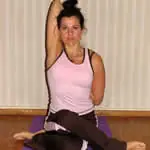
How to: Cow Face Pose
Starting in a seated position, place the bent right knee on top of the bent left knee. Try to have your knees perfectly stacked--one on the other--directly under your center (chin). Heels are equidistant from each hip. It is very important that you are fully plugged into the floor through both hips. If this is not possible, then prop your hips onto a blanket or a block to allow equal and even weight on both sit bones. If one hip is higher than the other you are starting the whole pose crooked and this will dramatically change your back and shoulder position, causing potential harm. Before moving on to the arm position, be sure you can lift your sternum and achieve a flat, tall spine. Bring your left arm up to the sky. Bend the left elbow so the left palm rests on the upper back. Bring the right arm out to the side, palm facing back and thumb down. Bend the right elbow and move the right hand behind your back palm facing out. The right forearm should be parallel to the spine with the hand between the shoulder blades. Next, try to hook your fingers together behind your back. Energetically lift your left elbow towards the ceiling, keeping the elbow close to the left side of the head, and lower the right elbow toward the floor and closer to the body.
Bring your left arm up to the sky. Bend the left elbow so the left palm rests on the upper back. Bring the right arm out to the side, palm facing back and thumb down. Bend the right elbow and move the right hand behind your back palm facing out. The right forearm should be parallel to the spine with the hand between the shoulder blades. Next, try to hook your fingers together behind your back. Energetically lift your left elbow towards the ceiling, keeping the elbow close to the left side of the head, and lower the right elbow toward the floor and closer to the body.If it is not possible to connect your fingers, place a strap in the left hand. Let the strap hang behind your head and grab the other end with the right hand. Working the fingers closer and closer to each other until eventually they connect. Work on sitting straight and tall in the back, remembering that both hips remain in contact with the floor. It is easy to over stretch your left side (top arm side) and collapse your right side body, so try to keep both sides of your body equally long. If you feel you can go deeper, fold from the hip joint resting over the right thigh. Do not round your back.
The emphasis on this side is the right anterior shoulder; therefore this side will be more difficult for right-handed people. This pose may be frustrating in the beginning, however, the shoulders have a tendency to open quickly, so stay focused and determined and results will come quickly.
Hold the pose for one to five minutes and then switch sides.
Benefits of Cow Face Pose
Performed properly and consistently, benefits of the cow face pose include:- Deep stretch of hips, ankles, thighs, shoulders, armpit, chest, deltoid and triceps
- Aids chronic knee pain
- Strengthens spine and abdominals
- Helps decompress low spine (during folded variation)
- Clears hip joint
For the athlete it is a great pose to test their ability to stay tough in a difficult situation. Working to open the shoulder joint, this pose is an obvious choice for pitchers and quarterbacks or any athlete that depends on powerful accurate arms. It opens and clears the rotator cuff while strengthening the supporting back muscles to add power. Stretched and strengthened hips and thighs are important for power and speed in running games like tennis and soccer. Opened glutes give more power to push for speed. Improved posture for athletes translates into more space in the chest cavity, leading to greater lung capacity and breath control for runners, wide receivers, basketball players, and any player whose aerobic capacity is important for success and longevity in their sport.
Although you should always consult your physician and research a properly trained teacher before starting a yoga practice, there are a few instances where you should avoid this pose entirely:
- If you have sciatica, the use of a prop under the hips or folding forward could aggravate the condition.
- If you have serious neck or shoulder problems
- If pregnant, do not fold forward during first trimester
- If you have serious knee problems
- Untreated herniations in the spine
Gwen Lawrence has been a practicing fitness professional since 1990. Her current practice includes private yoga training, class instruction and her sport-specific Power Yoga for Sports training program www.poweryogaforsports.com. Gwen's unique combination of dance, massage and yoga training experience, coupled with her extensive knowledge of anatomy, nutrition and homeopathy, provide her clients, class participants and athletes with overwhelming benefits. Gwen is the yoga instructor for several New York Yankees baseball players, team yoga instructor for the New York Giants, New York Knicks, New York Red Bulls, and the Pace University baseball team; as well as many youth teams in a variety of sports. Visit her website at Visit her website at www.yogawithgwen.com.




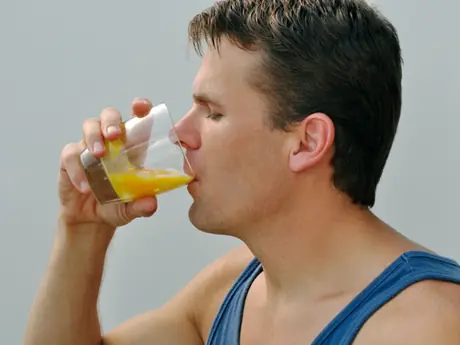
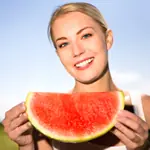
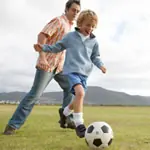
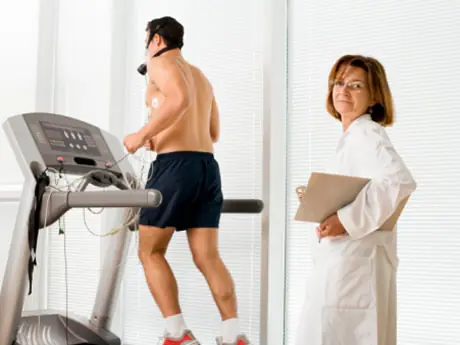
Discuss This Article